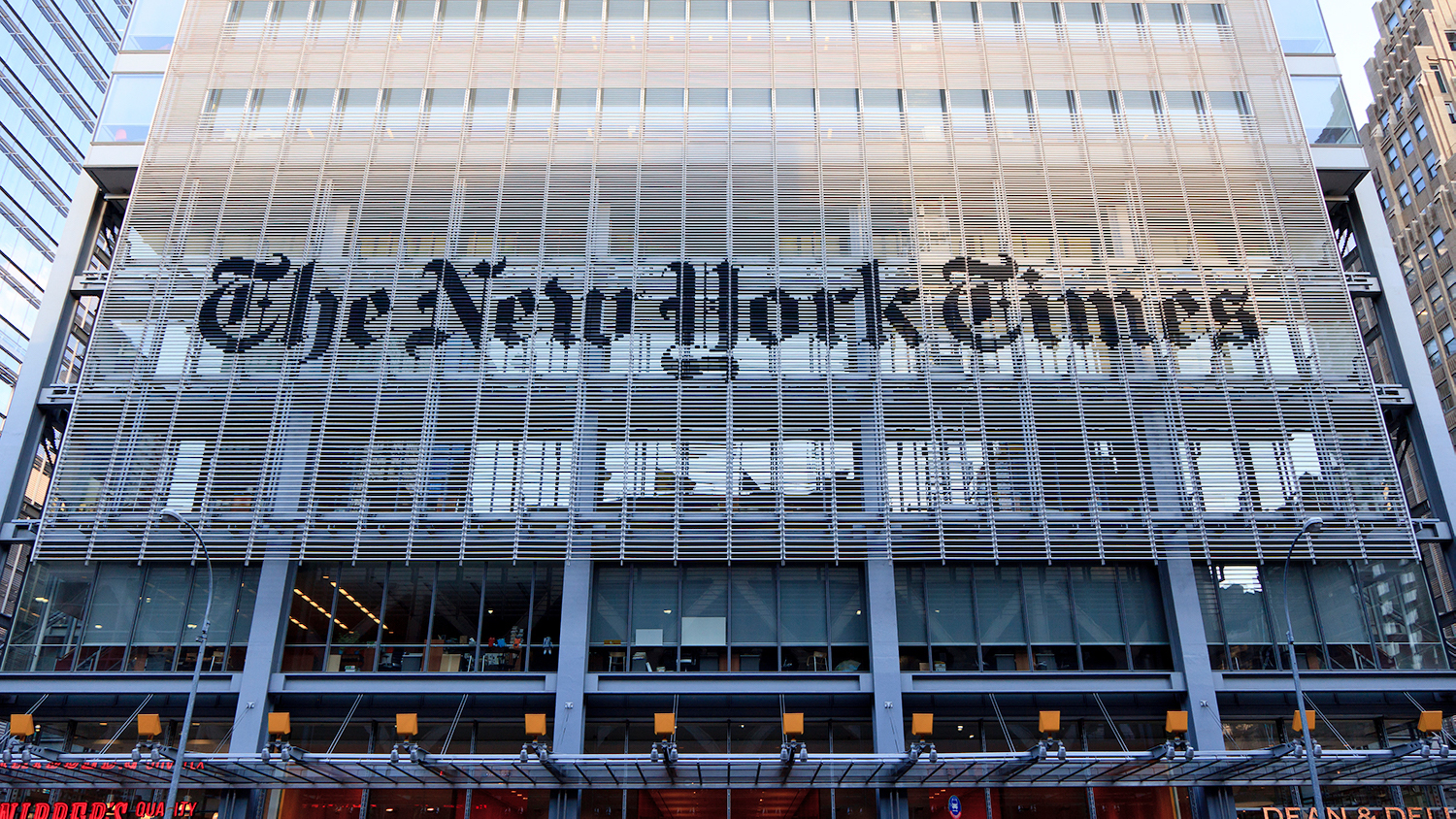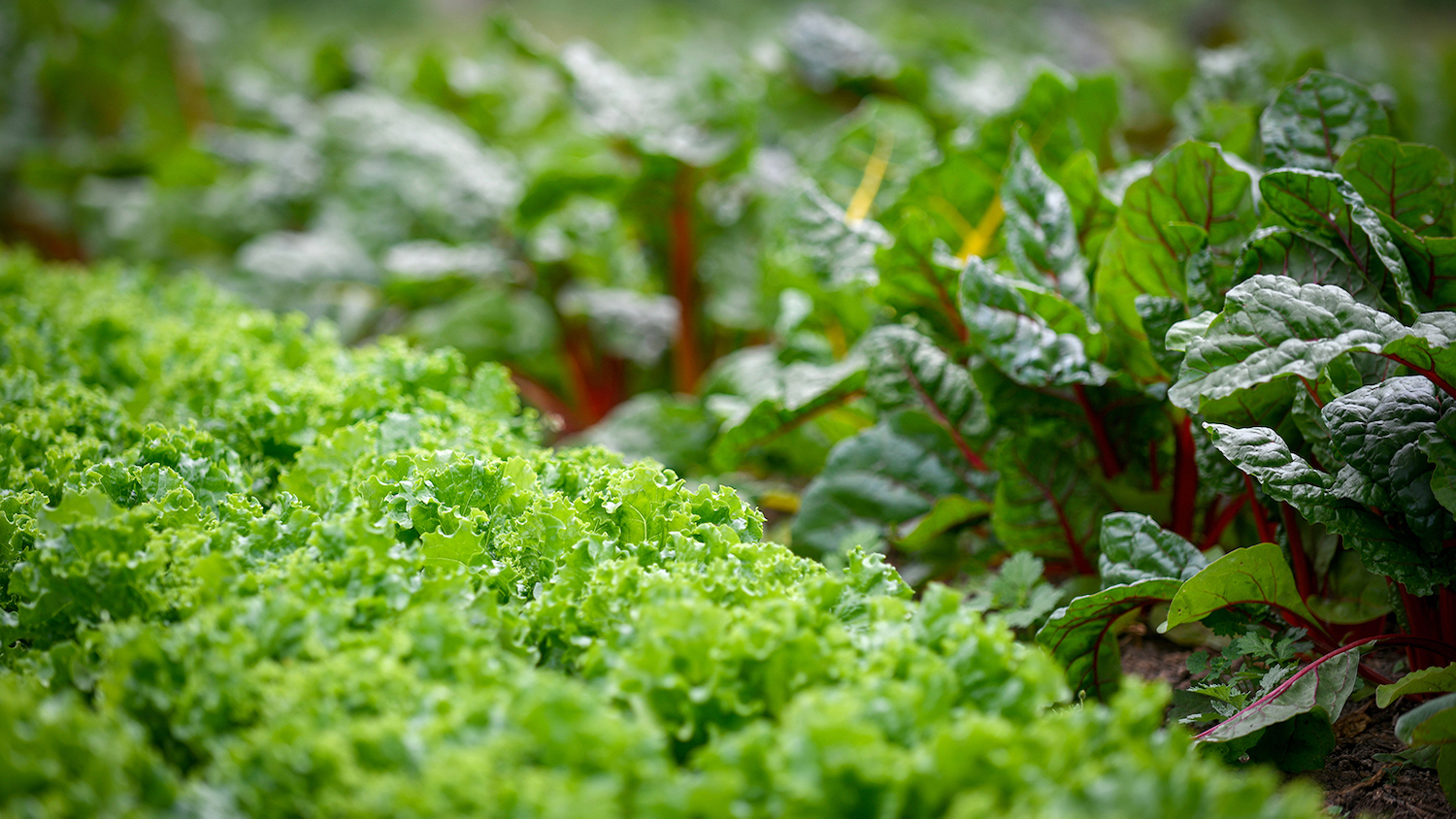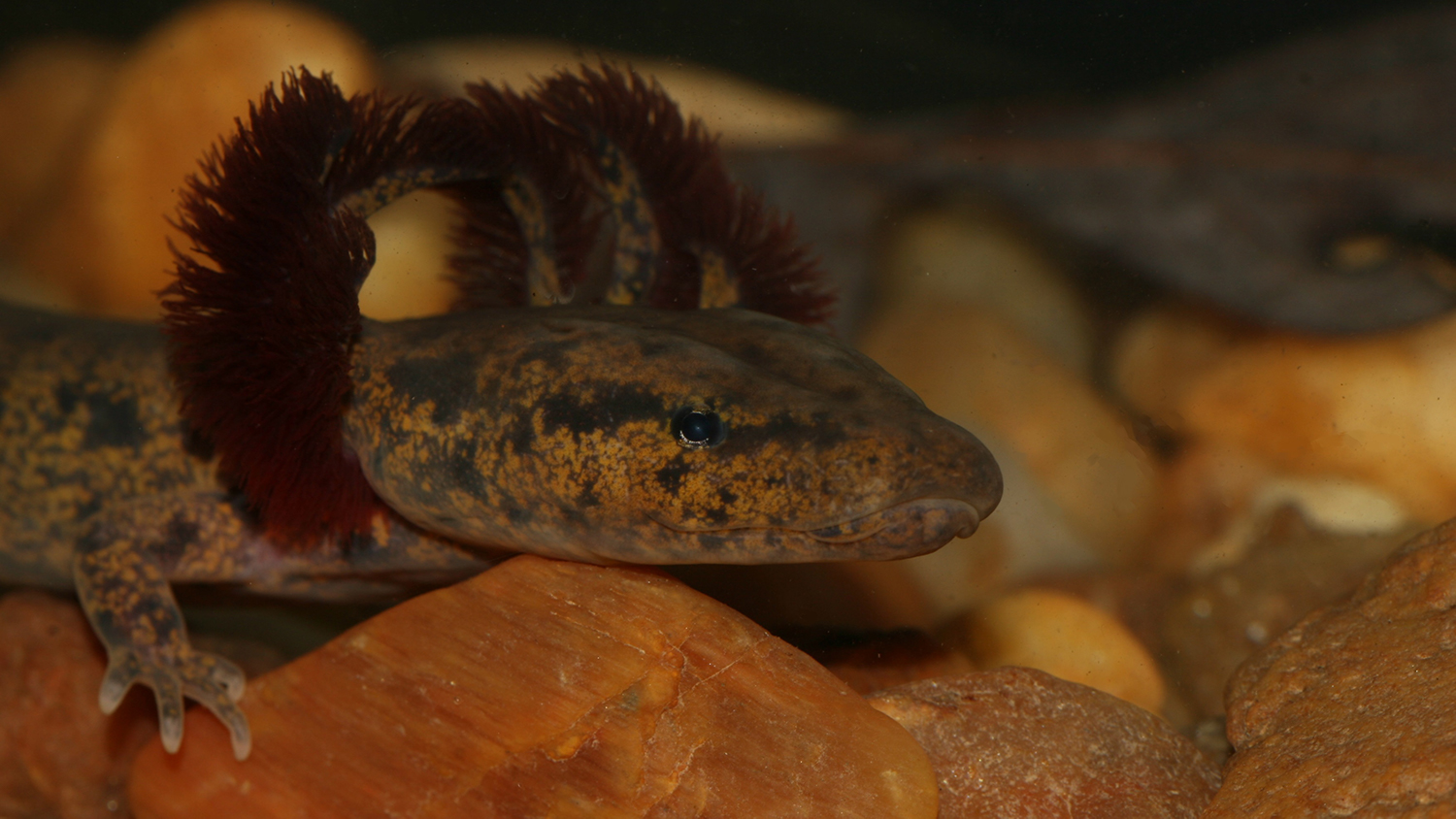Thought Leadership in the Media
Faculty from the College of Natural Resources shared their knowledge and insights about the latest environmental issues with a number of prominent media outlets, including The New York Times and National Geographic, over the past year.

How Our Hydropower System Is Impacting The Drought Gripping The American West | NPR | June 13, 2021
As severe drought conditions spread throughout the western United States, Jordan Kern, an assistant professor of forestry and environmental resources, addresses the relationship between drought and the power grid.
“The first direct impact the drought can have on the grid in the western United States is to reduce stream flow, which reduces the available fuel for producing hydropower,” Kern said. “And when the Western grid loses hydropower, it has to be replaced by something. And almost always, that replacement is electricity from natural gas power plants, which are both more expensive and more polluting.”
Where Are Natural Gas Pipelines? Often in Vulnerable Communities. | National Geographic | June 4, 2021
Louie Rivers and Ryan Emanuel, professors of forestry and environmental resources, find that counties with higher social vulnerability are home to a denser web of natural gas pipelines.
“It seemed anecdotally that these projects were always happening in marginalized communities,” Emanuel said. “We saw these disparities for these particular projects and then started to think, how widespread was this?”
Hunters Could Become More Female, Less White, and More Urban | Outdoor Life | May 17, 2021
Lincoln Larson, a professor of parks, recreation and tourism management, and Victoria Vayer, a former graduate student, discuss the findings of their nationwide survey of college students’ interest and participation in hunting.
“The biggest gap we’re trying to fill is that a lot of R3 studies in the past have looked at the current population of hunters,” Vayer said.
‘Tree Farts’ Increase Carbon Emissions in Ghost Forests | Scientific American | May 17, 2021
Melinda Martinez, a doctoral student and research assistant in the Department of Forestry and Environmental Resources, finds that drowned trees increase the amount of carbon dioxide released by these ecosystems by about 25%.
“Even though these standing dead trees are not emitting as much as the soils, they’re still emitting something,” she said. “Even the smallest fart counts.”
Prices Pop Amid Strong Lumber Demand and Limited Sawmills | Business North Carolina | April 26, 2021
Rajan Parajuli and Robert Bardon, both professors of forestry and environmental resources, analyze the various causes behind the rising demand for lumber and higher prices and its implications for North Carolina’s forest products industry.
A challenge facing owners is that the “stumpage” price for lumber-quality pine timber – before it is trucked to the sawmill – has been declining, according to Bardon.
‘Ghost Forests’ May Become More Common as Sea Levels Rise | Smithsonian Magazine | March 19, 2021
Lindsey Smart, a research associate at the Center for Geospatial Analytics, talks about the role of coastal forests along the East Coast and the impacts that climate change can have on these forests.
“One ecological benefit of healthy coastal forests is the sequestration and storage of carbon both aboveground and in soils. As coastal forests transition to marsh, we lose aboveground carbon. Some of that is released into the atmosphere, and some shifts to other carbon pools,” she said.
Chicago’s Ada S. McKinley is way overdue for some appreciation | Chicago Tribune | January 14, 2021
KangJae Lee, an assistant professor of parks, recreation and tourism management, analyzes McKinley’s legacy and discusses why she’s received less recognition that other social reformers, like Jane Addams.
“We must understand that the dominant historical narrative is a product of certain viewpoints that usually suppresses or neglects other perspectives, whether intentionally or unintentionally,” Lee said.
Shopping Online this Holiday Season? Recycle those Cardboard Boxes. | Waste360 | December 11, 2020
With a growing number of consumers across the country shopping online during the holiday seasons, Richard Venditti, a professor of pulp and paper science and engineering, warns of the environmental consequences that packaging materials can have if not properly disposed of.
“Packaging materials, whether they’re made from paper or plastic, are very important because they help protect products,” Venditti said.“But some of these materials, especially plastics, are still making their way into trash cans instead of recycling bins.”
Climate Crisis Breaks Open Generational Rifts in U.S. Families | The Guardian | November 2, 2021
Kathryn Stevenson, an assistant professor of parks, recreation and tourism management, explains how educating children on climate change raises the level of concern among their parents.
“Simple conversations at home seem to be having an impact upon parents,” she said. “It’s hard to look a kid in the face and ignore them when they are talking about their future.”
We’ll Have to Learn to Live With Smoke. Here’s Why. | The New York Times | September 23, 2021
Climate change will continue to fuel uncontrolled fires, producing dangerous palls of intense smoke. Jennifer Fawcett, an extension associate in the Department of Forestry and Environmental Resources, notes the need for warning systems to alert the public to risks.
In the South, residents already receive advance notice about fires through social media, list serves, or fliers left on doors, according to Fawcett.





